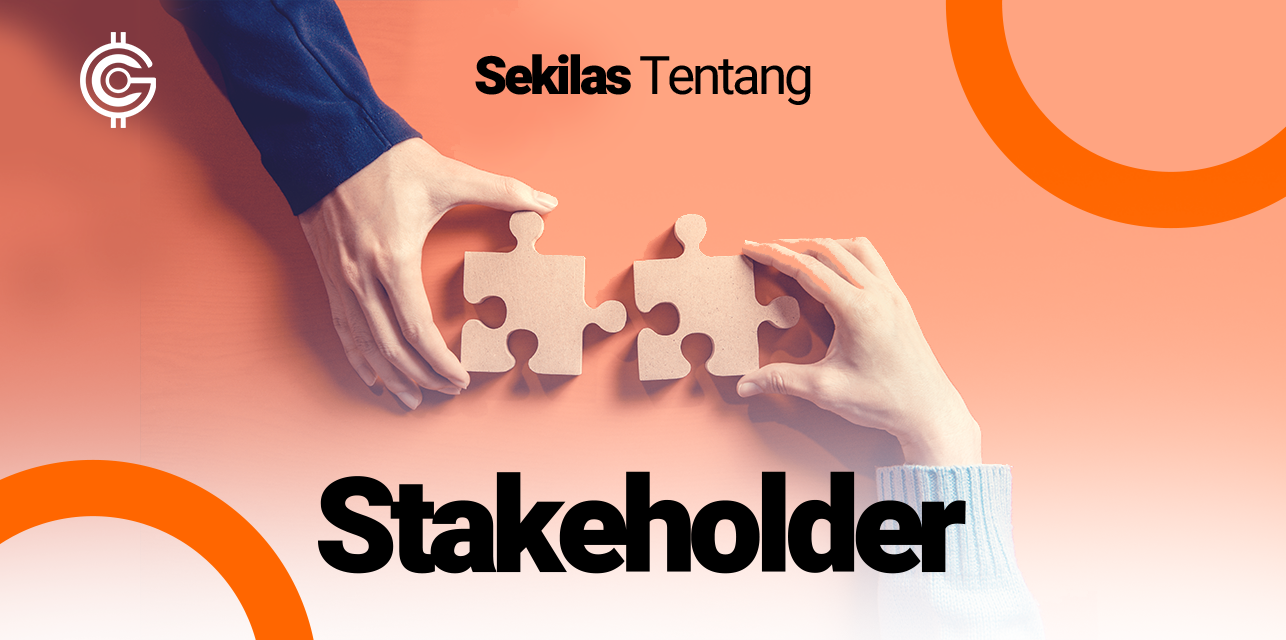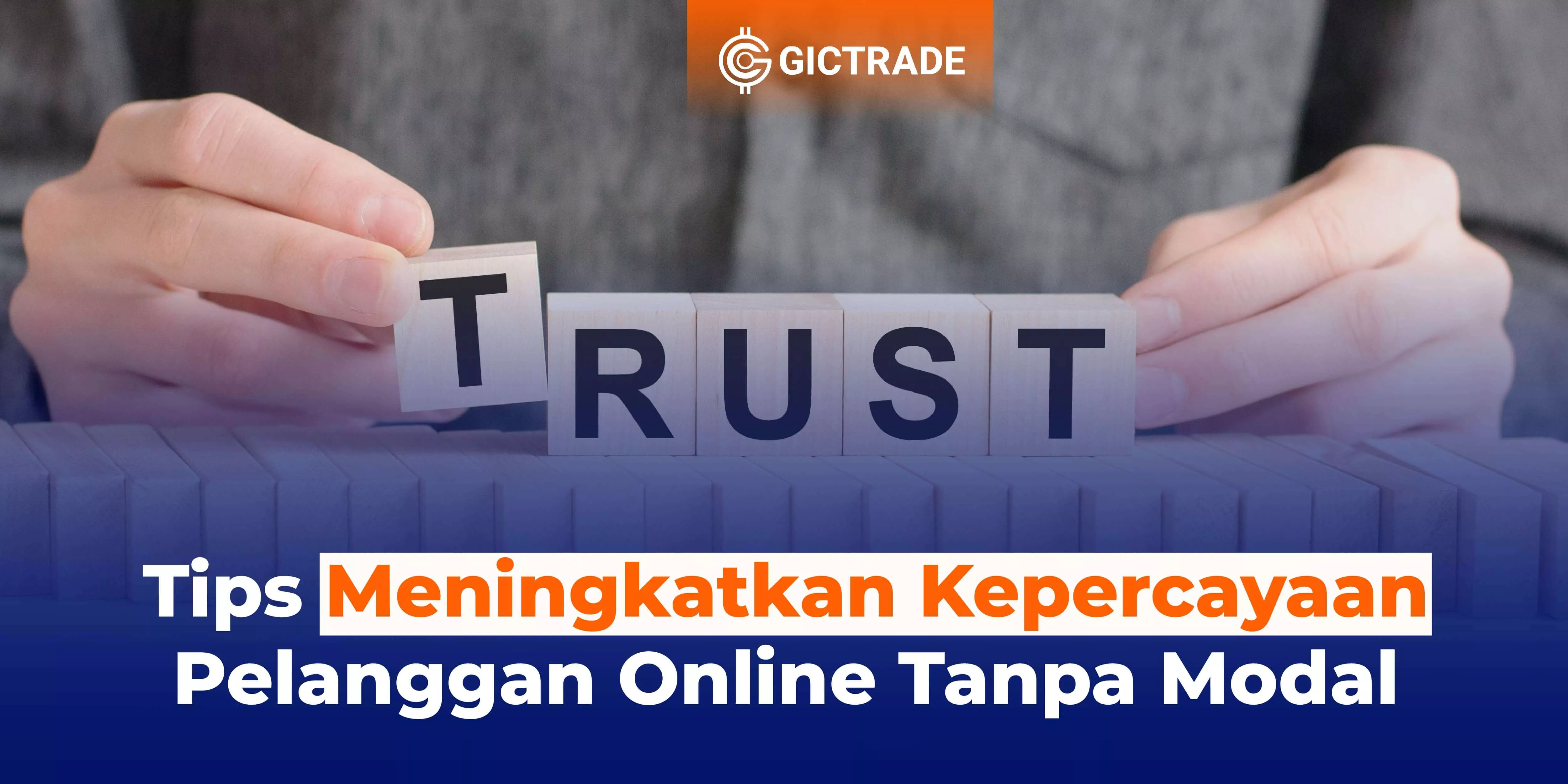Stakeholder is a term that is heard quite often in the ears. In the business world, this stakeholder means a stakeholder. Stakeholders are parties who have an interest in the company and can influence or be influenced by the business. Initially, stakeholder was a term for individuals or groups who are directly involved in a business. To find out more about this stakeholder, you can understand through the article below.
What are the stakeholders?
As explained above, a stakeholder is a party that has an interest in the company and can influence or be influenced by the business. The main stakeholders in the company include investors, employees, customers, creditors, and suppliers. One of the scopes in stakeholders is corporate social responsibility. In other words, stakeholders now also include the community, government, NGOs, universities, media, and so on. In a company, the main stakeholders are investors or shareholders, especially majority shareholders. Because they are the most interested and influential parties within the scope of the business entity. The two are often equated, although they both have the ability to influence policy-making in a company, but there are many differences between shareholders and stakeholders.
The role of stakeholders is
There is a role that is being played by these stakeholders, you can understand the role of stakeholders through the article below.
Stakeholders in the Company
In a company, the main stakeholders are investors or shareholders, especially majority shareholders. Because they are the most interested and influential parties within the scope of the business entity. The functions of stakeholders in a company are those responsible for corporate social, corporate management, decision-making, financial support or capital providers. Stakeholders are a vital role in a company or organization. A company already needs stakeholders in running a
business. Thus, the company's policies and systems that have been established can benefit all parties. There are 7 roles that stakeholders play in a company:
- As a bank. As a financial institution, banks function as creditors or parties that provide loans to company owners within a certain agreed period and guarantee.
- As an investor. A company definitely needs capital to continue operating. So this is where the role of the investor is needed. Not only as shareholders, investors also function as observers who oversee the performance of employees in the company.
- As a supplier. The production process in an industry is certainly highly dependent on the availability of raw materials. Because of this, the role of suppliers as one of the examples of stakeholders is a very important party.
- As an employee. Employees are a determining factor in the performance of a company. That's why they are also stakeholders.
- As a consumer. Consumers have a significant stake in stakeholders in business. A company needs to listen to consumer input to support product quality and bring benefits to both parties.
- As a competitor. Almost all business fields must have competitors. Apparently, in addition to paying attention to internal factors, the competitor aspect also needs to be considered so that the company can improve its shortcomings and as a motivation to keep moving forward.
- As a government. Every company that stands must certainly have a permit from the government so that its legality is guaranteed and recognized. Because this is the role of the government as one example of stakeholders that needs to be considered.
Stakeholders in the Government
Stakeholders in government institutions have a great influence on the implementation of a policy. Stakeholders are stakeholders. Stakeholders can be interpreted more generally as related parties, who have concerns and interests in a program or activity. The relationship between stakeholders in the public policy process proves that in making a policy, it will not be separated from the involvement of stakeholders in the public policy itself. The existence of stakeholders has consequences for each other, where an institution can create problems and opportunities for each other. Public policies are determined by stakeholders, especially the government which is oriented towards solving problems that occur in the community, such as meeting the basic needs of the community during the pandemic. Policy implementation connects policy objectives and their realization with the results of government activities. Then the public policy must be realized through the activities of government agencies that involve various parties (multi-stakeholder) who are interested (policy stakeholders).
Corporate Relations with Stakeholders
The relationship between a company and its stakeholders will always experience dynamic changes over time. There are several experts who have observed changes or shifts in forms that were originally inactive, become reactive, then become proactive, and will become interactive. Here's an explanation of the relationship pattern:
- Inactive (inactive relationship). In this relationship, the company strongly believes that they can take and make decisions unilaterally, without considering the influence or impact that will arise on other parties.
- Reactive (reactive relationships). In this relationship, companies are very inclined to defend themselves, and only act when forced to do something.
- Proactive. For this kind of relationship, the company is more specific to avoid various interests by stakeholders. Usually the company has a department that functions to identify or recognize issues or problems that are of special concern to stakeholders or stakeholders. However, for their attention and stakeholders, it is only seen as a problem that must be managed, not a source of competitive advantage.
- Interactive. In this relationship, the company acts using the approach that the company needs to have a sustainable relationship such as mutual respect, mutual trust, and mutual openness with stakeholders. That way, for the parties, the company will consider that if it has a good connection with stakeholders and is expected to be a source of competitive advantage for the company. The relationship between the company and stakeholders can be expected to be interactive, this interaction will later help the company in learning the expectations of the public. So, to develop a solution, it also gets support from stakeholders to implement solutions that are already owned and prepared by the company.
The Stakeholders' Duties Are
There are tasks carried out by the stakeholders themselves. These tasks are:
- Make decisions. Stakeholders need to hold meetings that invite company executives, such as the board of directors and other parties who have important authority in the company, such as owners of a large number of shares. These people have the right to make decisions or propose ideas for the company, this stakeholder group is also authorized to elect and fire the CEO if necessary.
- Direct management. Several stakeholders also have direct involvement in the company's management. Stakeholders occupy certain departments within a company, such as with HRD, R&D, and others to manage the development of the business and ensure its immediate success. Often such private businesses and public companies will provide positions for large investors for those who want to participate directly in the business journey at a managerial level.
- Financial support. Stakeholders are one of the investors for a company. Therefore, stakeholders can decide to increase or decrease their investment in a company by considering the financial condition of the business. So, a company is very dependent and obliged to build good relationships with stakeholders.
- Corporate social responsibility. Companies need to balance the relationship between the business and stakeholders. Well, companies must have a corporate social responsibility attitude. These social responsibilities can be carried out to employees, consumers, and suppliers, shareholders, as well as certain environments and communities. For these stakeholders, they must be able to make decisions based on the results of the CSR strategy they carry out in a company.
Types of stakeholders are
There are types of stakeholders themselves based on their position and strength. These types are internal stakeholders or commonly referred to as main (primary) stakeholders, and also supporting (secondary) stakeholders. For more details, you can understand through the article below.
Primary Stakeholder (Internal)
Primary stakeholders are stakeholders who have strong ties related to the formulation of policies, projects, and programs. They are the most important determinants in a company's decision-making activities. Examples of these primary stakeholders are the community, community leaders, and public managers. The community is the party that will be directly affected by the existence of a policy, program, or project. In contrast to community leaders, it is community members who are able to express the aspirations of the community. The public manager himself is the party who has responsibility for determining decisions and also their implementation.
Secondary Stakeholders (Supporters)
Secondary stakeholders are parts that will not be directly related to a program, in a policy, or a project. However, primary stakeholders have a sense of sympathy and concern, so many of them participate in expressing their opinions that have the potential to change the attitude of primary stakeholders and official government decisions. Some examples of secondary stakeholders are government institutions, NGOs, universities, and entrepreneurs. Government agencies that are located in certain areas, but do not have direct responsibility. A government institution that is quite closely related to the problem, but does not have the authority to make decisions. Non-Governmental Organizations that focus on the impact, plan, or benefits of a policy. Universities, part of academic groups that have close influence related to the policy process taken by the government. Entrepreneurs and business entities, who have a direct relationship with the problem.
Key Stakeholders
Key stakeholders are part of the executive group that has official authority over decision-making. Examples of key stakeholders in a district government project are the district government, the district DPRD, and the agencies that are directly responsible for the project process.
Differences between Stakeholders and Shareholders
Stakeholder is a term used by a company or organization for parties who have financial interests or internal stakeholders are people who have a direct relationship with the company through investment, employment, or ownership. While a shareholder is an individual or organization that owns shares in a company, institution, or organization. In public companies, because shareholders are basically owners, they can benefit from the profits obtained by the company. This reward comes in the form of an increase in the valuation of the stock, or financial gains distributed as dividends. Other differences between stakeholders and shareholders are:
- Ownership status. A shareholder is a shareholder who owns a majority stake in a company. For example, if you own 50% of a business, this means that you have authority over half of the company. While stakeholders do not always own shares in a company even though this is allowed. However, like shareholders, stakeholders also have interests in the company.
- Age of cooperation. The period of relationship between stakeholders and shareholders and the company is also different. Usually, stakeholders have a long-term interest in a business or organization. One of the stakeholders is a group of employees or workers who depend on the company for their livelihood, this also applies to suppliers or suppliers. In contrast to shareholders, namely shareholders, where shareholders can suddenly withdraw their investment from the company if it is no longer profitable or for other reasons.
- Viewpoint. Stakeholders have a focus on achieving long-term targets, improving working conditions, and also the services provided. As has been explained, one of the stakeholders in a company is an employee who usually cares about job stability, compensation, benefits, and others. Meanwhile, shareholders as shareholders, the most important job for a company is to increase the stock price, pay more dividends, expand new markets, increase profitability, and make the business attractive for more investment.
- Categorization. Shareholders have stakeholders in the organization. They are from companies that have voting rights and can sue the management if they do not carry out their responsibilities. However, not all stakeholders are shareholders. This is because stakeholders do not necessarily own shares in the company or organization where they work. Some organizations have stakeholders but do not have shareholders. An example is that governments or non-profit organizations all have stakeholders but they do not have shareholders.
After learning what a stakeholder is, tasks, roles, types, and others, you can still find out other information about the stakeholder itself. You can find it through various media such as the internet, books, or other media. This the discussion from
GICTrade regarding the explanation of "Definition of Stakeholders, Duties, Roles, and Types". You can also find out other information about other business, trading, and financial entities, such as "
Trading Psychology, How to Train and Master the Trading Market" only in the
GIC Journal. Also make sure you deepen your forex knowledge at GICTrade, via the
scalping ebook, and also
NFP live trading.
 Last:
Last: 







